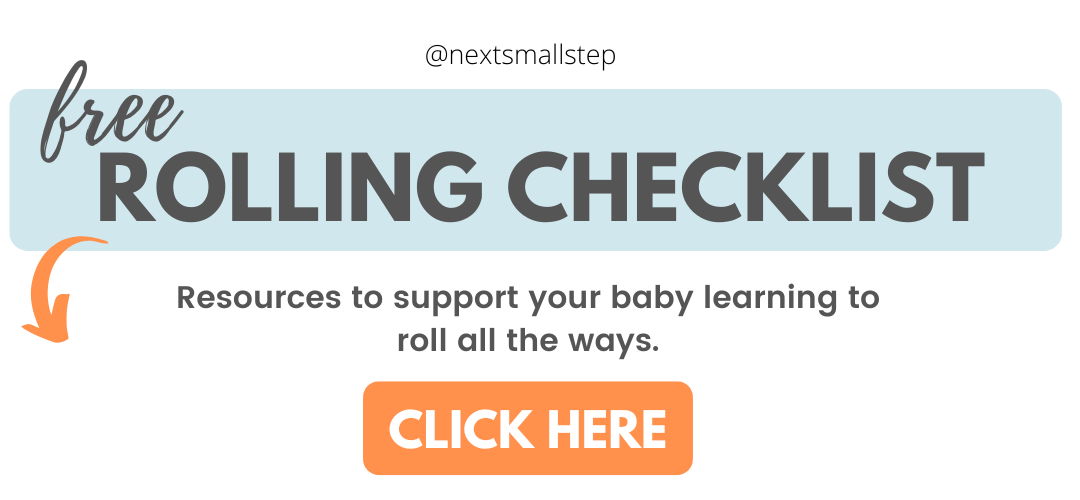When to Remove Your Baby's Swaddle to Meet Developmental Milestones
Jul 12, 2023As parents, we want to ensure that our little ones are developing properly, meeting all their milestones, and staying cozy and comfortable. But when is the right time to loosen those swaddles and give them a bit more freedom?
Today we are going to talk about baby swaddling, specifically when you should stop swaddling your little one to meet developmental milestones.
This is a topic that is near and dear to my heart because my babies both loved to be swaddled which was imperative so I could get some sleep. I'm sure many parents can relate to this!
What is Swaddling?
Swaddling is a technique that has been used by parents for centuries to help soothe and calm newborn babies. With swaddling, an infant is wrapped snugly in a blanket or cloth so that they are unable to move their arms or legs. This creates a cozy, womb-like environment that can be comforting for a baby who is still adjusting to life outside the womb.
Swaddling is a great tool that we can use to help babies go for longer stretches of rest in the beginning months of life allowing parents to get a little more sleep.
Why Does Swaddling Work?
Swaddling reduces a baby’s startle reflux which is a protective reflux they have in the early months of life. While that reflux is still ironing itself out and our babies are becoming more mature, swaddling is great.
However, if we do it for too long it can become problematic and start to affect our baby's development.
This is why it’s important to have guidelines to let you know when to stop swaddling your little one from a motor perspective as well as to help them develop new skills.
When Should You Stop Swaddling Your Baby?
Babies should no longer be swaddled when they start to roll. When your little one begins to roll to their side, usually around 2-3 months, you will want to stop swaddling them.
When a baby's arms are tucked in they can’t protect themselves. If they roll to their belly while swaddled they can’t use their arms to push up and move which could potentially block their airway.
This is why you need to pull the swaddle at the earliest signs of rolling.
What Happens When Your Baby is NOT Showing Signs of Rolling?
If your baby is not showing signs of rolling, there still comes a time when you need to remove the swaddle to help them reach those developmental milestones.
I often hear from parents whose babies are 4-5 months old and not yet rolling. One of the first questions I ask them is if their little one is still swaddled at night.
Babies practice a lot of movement at night which is important to help them ultimately learn to roll. If we are restricting their movement in the middle of the night, it translates into how they perform during the day.
Despite whether or not your baby is starting to roll, I recommend removing the swaddle by 4 months of age. By 4 months your baby is trying to settle into more mature sleep patterns.
Your baby is more in charge of their nighttime sleep position. They are starting to become more alert and awake and they need to self sooth in the linking behaviors to get their sleep cycles together. Part of this is choosing their sleep position.
If your baby is still swaddled they have less control over their self-soothing mechanisms as well as their ability to choose their sleep position.
When you pull the swaddle at 4 months, you will be amazed at how much practice they get in the middle of the night that will translate into really great rolling.
What Do You Do When Your Baby is Rolling to Their Tummy at Night
The AAP says that once your baby is independently rolling to their belly then they are clear to do so. However, it is always smart to check with your pediatrician because some babies have special circumstances.
And always remember to have a safe sleep environment.
What's your baby's next small step? Take my Milestone Quiz to find out what comes next and I'll send you a list of activities to get you started!





